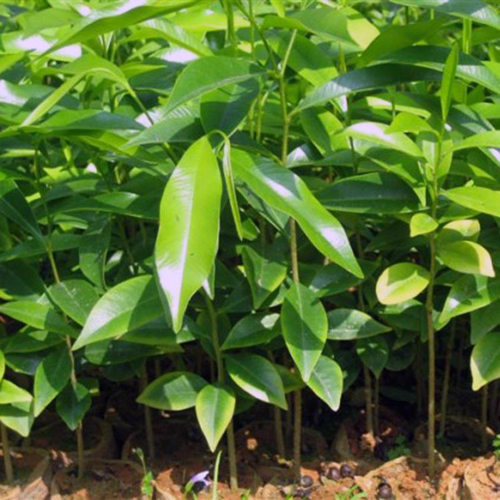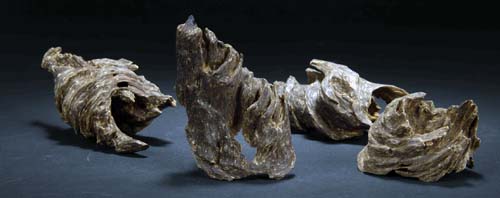The source is from the dark brown resinous wood of Aquilaria sinensis (Lour) Gilg, family Thymelaeaceae. The medicinal material is mainly produced in the areas of Guangdong, Guangxi and Taiwan of China. The resinous wood or the root part is cut, collected and dried in shade, ground into powder for medication.
Medicinal Properties:
Pungent and bitter in flavor, warm in nature and attributive to the spleen, stomach and kidney meridians.
Actions:
Send down adverse flow of qi to regulate the function of the middle energizer, promote the circulation of qi to relieve pain, warm the kidney to improve inspiration.

Application
1. For stomach-cold with vomiting and hiccup, it can be combined with Dingxiang (Flos Caryophylli) and Baidoukou (Fructus Amomi Rotundus).
2. For syndrome of stagnation of cold and qi with fullness and oppression in the chest and epigastric abdomen, it is usually combined with Wuyao (Radix Linderae), Muxiang (Radix Aucklandiae) and Binglang (Semen Arecae), such as Chenxiang Simo Tang (Decoction).
3. For syndrome with extreme asthenia of kidney-yang and failure of the kidney to promote inspiration with dyspnea and cough due to retention of phlegm, erosive gastritis, and syndrome of hypersthenia and hypoasthenia; for the former, it can be combined with Fuzi (Radix Aconiti Lateralis Praeparata ) , Rougui (Cortex Cinnamomi), and Buguzhi (Fructus Psoraleae), etc.; for the latter, usually combined with Zisuzi ( Fructus Perillae ), Qianhu (Radix Peucedani ), Houpo ( Cortex Magnoliae Officinalis), Jupi ( Pericarpium Citri Tangerinae ), Banxia (Rhizoma Pinelliae) and others that resolve phlegm to relieve cough and lower the adverse-rising of qi and relieve dyspnea.

Usage and Dosage:
1- 1.5 g of the powder is swallowed with water or the herb is pounded into juice for oral use.
Notes:
The herb is pungent and warm to support heat, therefore it is used with caution in cases with hyper-activity of fire due to yin deficiency.







